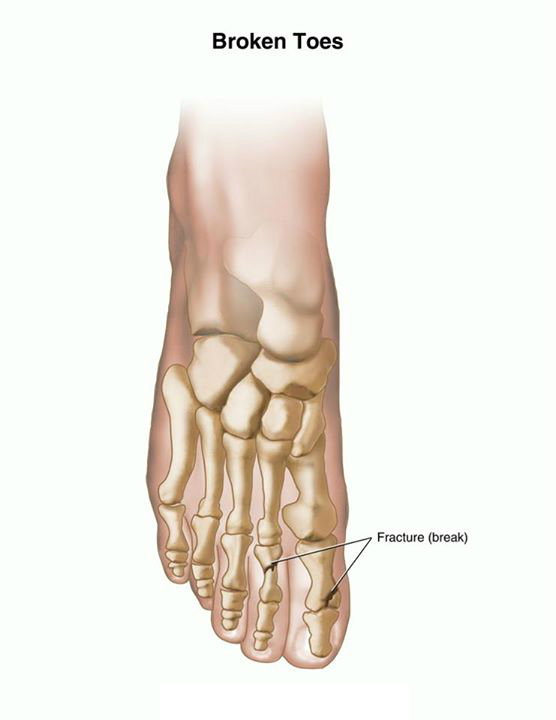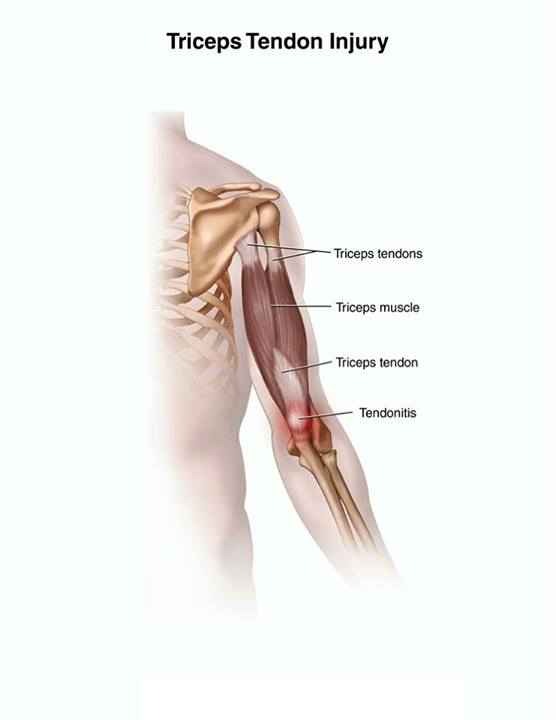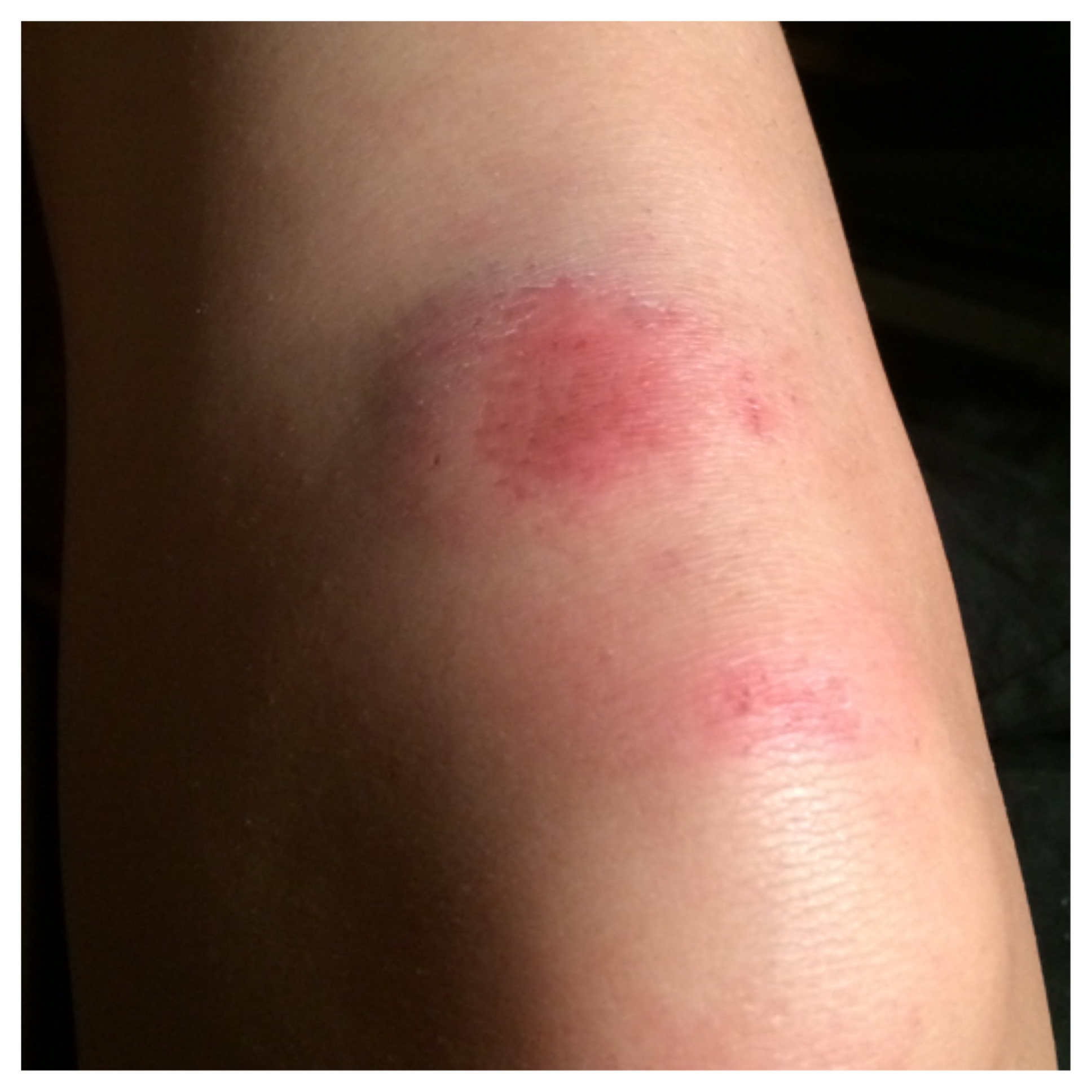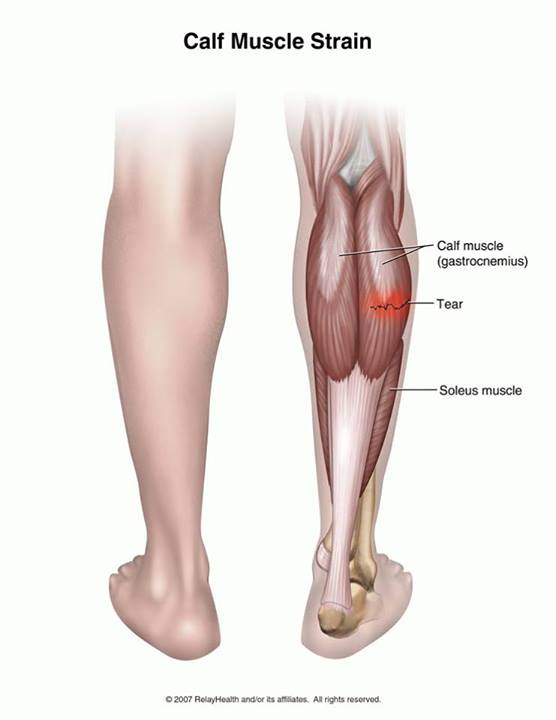Toe Fracture

Toe Fracture: Teen Version
What is a toe fracture?
A toe fracture is a break or crack of the bone in your toe. You may have a break in several places or the break may be in a joint between the toes.
Causes of toe fracture?
Broken toes are often caused by a direct hit—like when you kick a hard object or something lands on the toe. A toe might also break if you twist your foot.
If you play a sport where you don’t wear supportive shoes (such as martial arts, ballet, or gymnastics), you have a greater risk for toe injuries.
Symptoms of toe fracture?
Symptoms may include:
- Pain, swelling, or tenderness
- Trouble walking or running
- Discolored skin
- Bleeding under the toenail
- Loss of a toenail
Diagnosis of toe fracture?
Your provider will ask about your symptoms and how the injury happened. He or she will examine you. You will have X-rays of your foot.
Treatment of toe fracture?
The treatment depends on the type of injury. Usually the broken toe is taped to the toe directly next to it while it heals. In rare cases surgery is needed to fix the broken bone.
Your provider may advise you to wear stiff-soled shoes. You may also be given crutches until you can walk without pain.
How can I help take care of myself?
Follow the full course of treatment your healthcare provider prescribes. Also:
- To keep swelling down and help relieve pain, your healthcare provider may tell you to:
- Put an ice pack, gel pack, or package of frozen vegetables wrapped in a cloth on the injured area every 3 to 4 hours for up to 20 minutes at a time for the
- first day or two after the injury.
Keep the injured foot up on pillows when you sit or lie down. - Take pain medicine, such as ibuprofen, as directed by your provider.
- Nonsteroidal anti-inflammatory medicines (NSAIDs), such as ibuprofen, may cause stomach bleeding and other problems. These risks increase with age.
- Read the label and take as directed. Unless recommended by your healthcare provider, do not take for more than 10 days.
- If your toenail is loose and has not fallen off, keep a Band-Aid around it.
How long do the effects last?
It usually takes 4 to 6 weeks for the toe to heal. If the fracture goes into a joint, your toe may keep feeling stiff. You may lose some range of motion.
How can I prevent a toe fracture?
Most broken toes are caused by accidents that are not easy to prevent. However, shoes that fit well and give good support can help prevent injury. Also, try to avoid playing or running on surfaces that are uneven.
Physiotherapy of toe fracture
Toe Fracture Exercises

Toe passive range of motion: Use your hand to gently bend the injured toe joint. Then gently try to straighten out the toe with your hand. Repeat slowly, holding for 5 seconds at the end of each motion. Do this 10 times. Do these exercises 3 times per day.
Towel pickup:
With your heel on the ground, pick up a towel with your toes. Release. Repeat 10 to 20 times. When this gets easy, add more resistance by placing a book or small weight on the towel.
Standing toe raise:
Stand with your feet flat on the floor. Rock back onto your heels and lift your toes off the floor. Hold for 5 seconds and then put your toes back on the floor. Do 2 sets of 15.
Heel raise:
Balance yourself while standing behind a chair or counter. Using the chair or counter as a support to help you, raise your body up onto your toes and hold for 5 seconds. Then slowly lower yourself down without holding onto the support. (It’s OK to keep holding onto the support if you need to.) When this exercise becomes less painful, try lowering yourself down on the injured leg only. Repeat 15 times. Do 2 sets of 15. Rest 30 seconds between sets.
Towel stretch:
Sit on a hard surface with your injured leg stretched out in front of you. Loop a towel around your toes and the ball of your foot and pull the towel toward your body keeping your leg straight. Hold this position for 15 to 30 seconds and then relax. Repeat 3 times.











